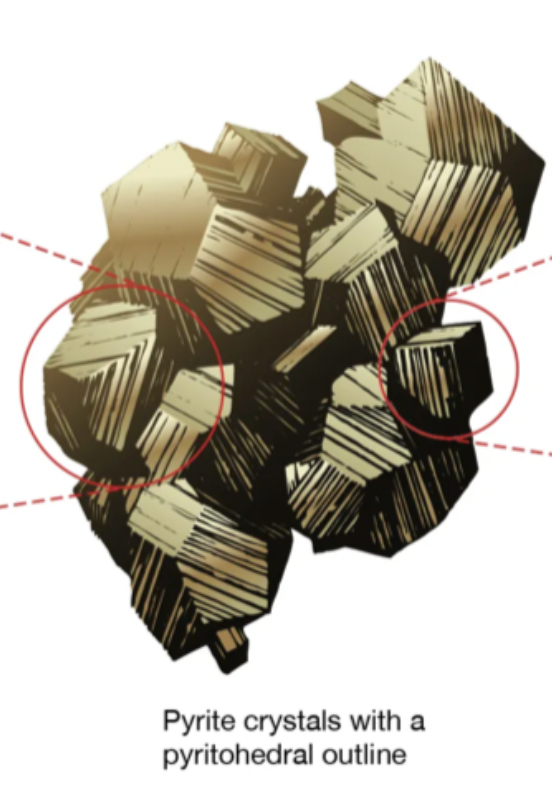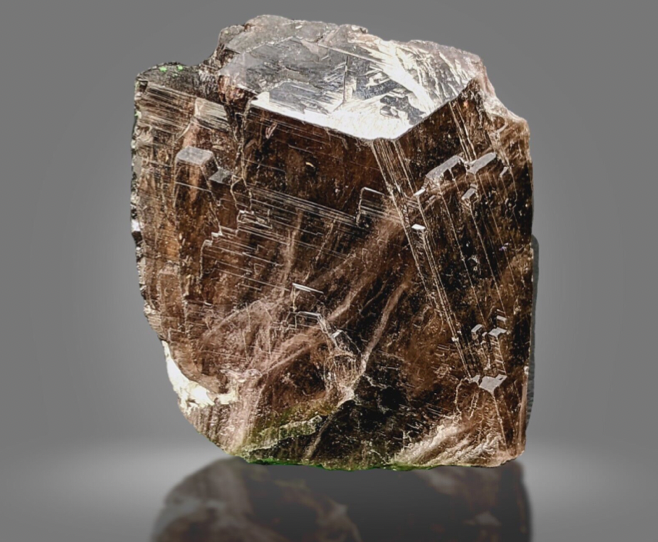Introduction:
In today’s fast-paced and technology-driven world, we often find ourselves seeking solace in nature. But what if we could combine the best of both worlds and create a unique, calming experience that blends technology with natural aesthetics? In this blog, I will take you through the project’s concept, the reasons behind the chosen aesthetic, and the progress made so far.
The Interactive Geometric Rock is designed to feature 13 LED surfaces that light up individually, with each surface having conductive properties and functioning as a switch. The rock will also boast mood and time-based lighting, transitioning from white in the morning to yellow in the evening gradually. To enhance its interactive nature, the system will have Bluetooth connectivity, enabling the LEDs to sync with music and light up accordingly.
Why Natural Aesthetics?
There are a few reasons why a natural aesthetic was chosen for this project instead of a retro-futuristic one. First and foremost, a natural aesthetic aligns better with the concept of a rock, which is a naturally occurring object. By embracing this design choice, the overall authenticity of the project is enhanced. Secondly, a natural aesthetic helps create a calming and soothing ambiance, offering a gentle contrast to the more vibrant and flashy retro-futuristic designs often seen in modern technology.

Manufacturing Components and Process
The Interactive Geometric Rock project utilizes a range of components and manufacturing techniques, including:
- Arduino Uno: The microcontroller used to develop the basic code for the lighting system.
- 3W RGB LEDs: These high-quality LEDs are responsible for the vibrant and dynamic lighting effects.
- Conductive 3D Printing Filament: Used in the creation of the rock’s structure and to provide conductive properties to each LED surface.
- Bluetooth/WiFi Modules: These components enable Bluetooth connectivity, allowing the LEDs to interact with music.
Project Progress
So far, the project has seen significant progress, with the CAD modeling and design being completed. The basic code for Arduino has been developed, and it’s now time to update it with mood lighting features. The focus is currently on figuring out how to integrate music and lighting seamlessly to create an immersive and interactive experience.

